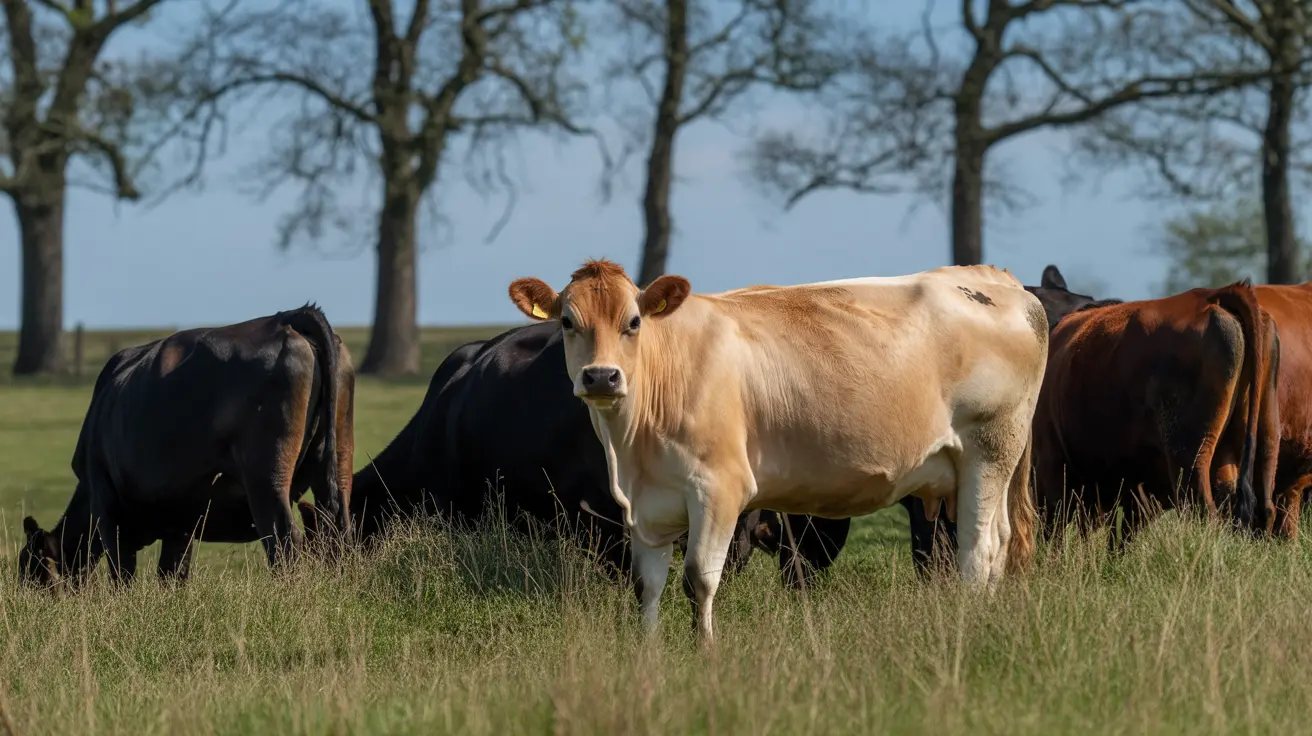Is an Afghan Hound a Greyhound? Understanding the Differences
Afghan Hounds and Greyhounds are often confused due to their similar body shapes and roles as sighthounds. However,
they are distinct breeds with unique characteristics, histories, and physical appearances. This article explores the differences, origins, and traits of both breeds to help clarify any confusion.
The Basics: Afghan Hound vs. Greyhound
While both breeds belong to the hound group and were historically used for hunting prey by sight, their
appearances, temperaments, and origins differ:
- Afghan Hound: Originated in the mountains of Afghanistan, known for its thick, fine, and silky coat suited to harsh climates.
- Greyhound: Developed in Europe, particularly England, with a short coat and built purely for speed on flat terrain.
Origin and History
Afghan Hound:
- A basal dog breed that pre-dates modern breeds.
- Originated in Afghanistan's mountain climates, where its long coat provided protection.
- Closely related to the Saluki and Tazi variants across Central Asia.
- Imported to England in the 1800s and once referred to as the Persian Greyhound.
Greyhound:
- Has roots in ancient Egypt but developed primarily in Europe.
- Used for hare coursing and racing due to its speed.
- Standardized in the U.K., becoming a popular racing and family dog.
Physical Characteristics
Afghan Hound:
- Height: 24–29 inches; Weight: 44–60 pounds.
- Long, silky coat that comes in many colors; requires frequent grooming.
- High hipbones, long topknot, and curled tail tip.
Greyhound:
- Height: 27–30 inches; Weight: 60–70 pounds.
- Short, smooth coat; easy to maintain.
- Streamlined body built for maximum speed.
Temperament and Behavior
Afghan Hounds are known for being
aloof, independent, and dignified. They can be clownish and show deep loyalty to their families but may appear standoffish with strangers. They are solitary hunters with a high prey drive.
Greyhounds are typically
gentle, friendly, and affectionate. Despite their racing background, they are often described as “couch potatoes” who enjoy lounging and require moderate exercise.
Health and Lifespan
Afghan Hound:
- Life expectancy around 11 years.
- Prone to allergies, hip dysplasia, cancer, and chylothorax.
- Sensitive to anesthesia; requires regular grooming and check-ups.
Greyhound:
- Average lifespan of 10–14 years.
- Prone to bloat, arthritis, and heart issues.
- Requires soft bedding and protection from extreme temperatures due to minimal body fat.
Training and Exercise
Afghan Hounds are
intelligent but notoriously stubborn. They may require creative and patient training methods, favoring positive reinforcement. A fenced yard is crucial due to their prey drive.
Greyhounds are
easier to train and often more responsive to commands. They enjoy short bursts of activity followed by long rest periods.
Grooming Requirements
One of the most defining traits of the Afghan Hound is its
extravagant, flowing coat, which requires multiple grooming sessions each week to prevent matting. Regular baths and brushing are essential.
Greyhounds, with their
short, smooth coats, need little more than a weekly brushing and occasional bath.
Are They Related?
Afghan Hounds and Greyhounds are both part of the family of
sighthounds, meaning they hunt primarily by sight rather than scent. They share some genetic and structural similarities, such as deep chests and long legs for efficient running.
However, they are
distinct breeds recognized by major kennel clubs. The Afghan Hound has a unique lineage rooted in the mountainous regions of Central Asia, while the Greyhound is more associated with Europe.
In Summary
While often compared, Afghan Hounds and Greyhounds showcase different backgrounds, behaviors, and care requirements. Key takeaways include:
- Afghan Hound: Ancient breed, long coat, independent, high prey drive, requires intensive grooming.
- Greyhound: Speed-focused breed, short coat, more relaxed in demeanor, minimal grooming required.
Understanding these differences can help potential dog owners choose the breed best suited to their lifestyle and preferences. Despite their elegance and athleticism, both dogs make fascinating and loyal companions when cared for properly.





